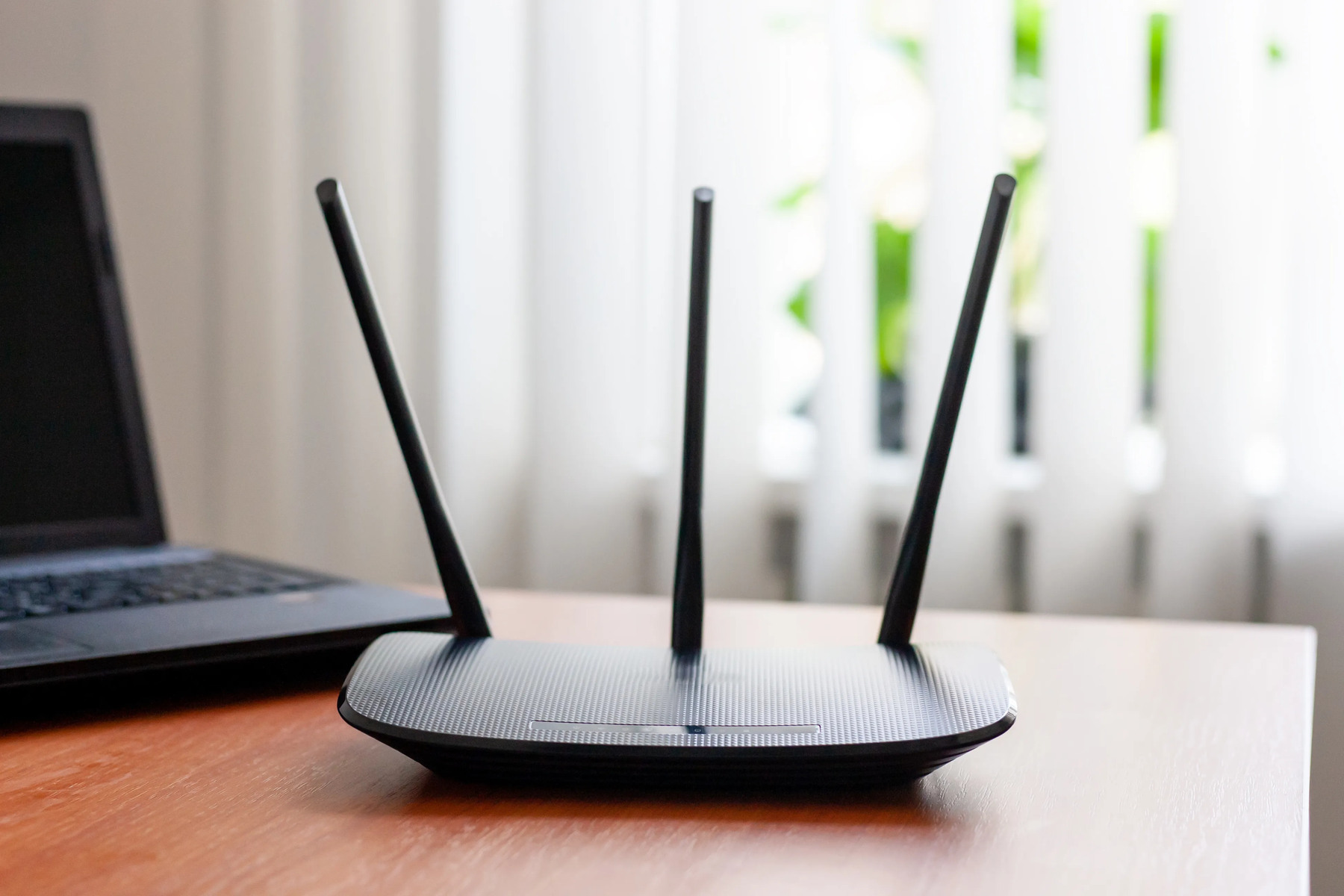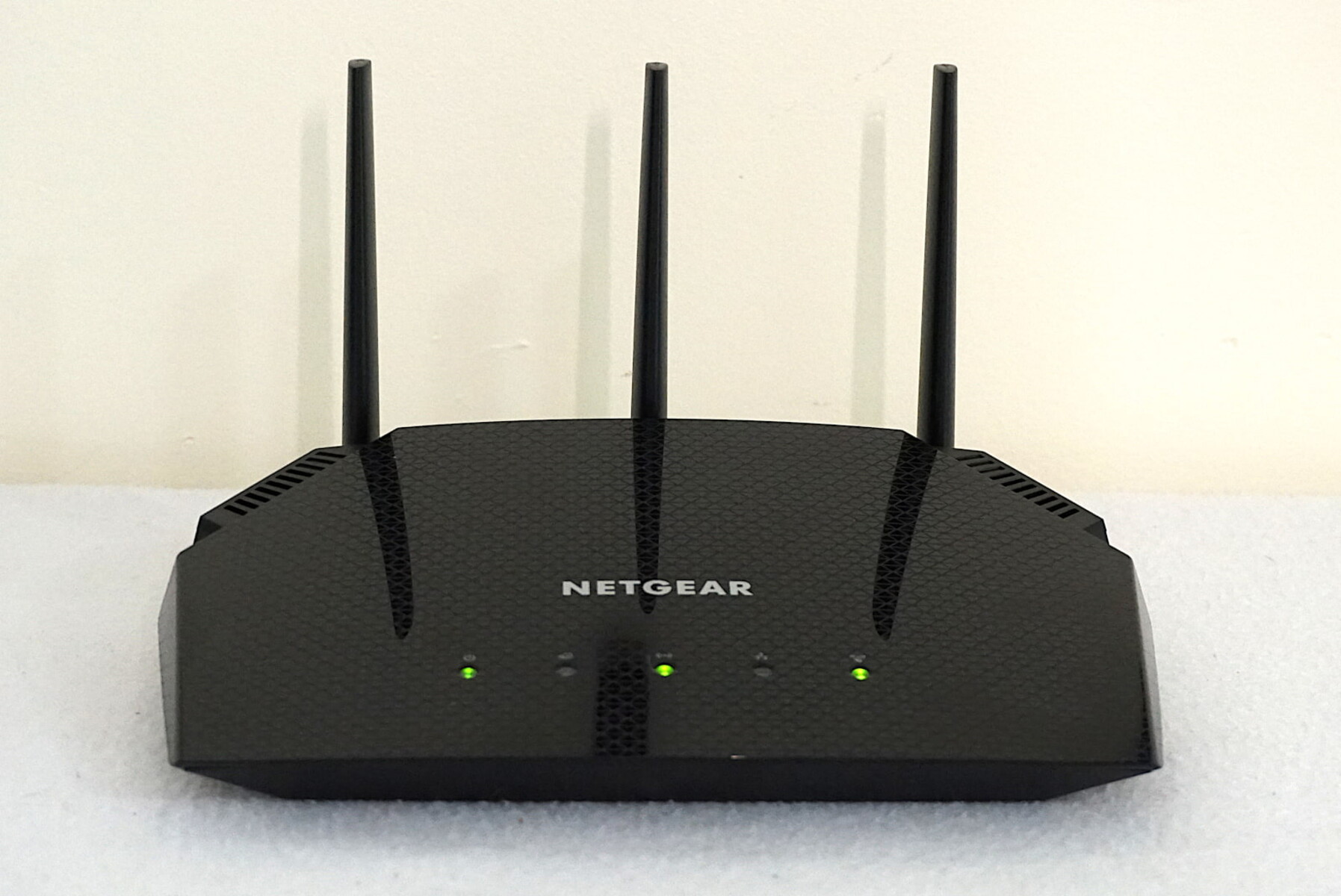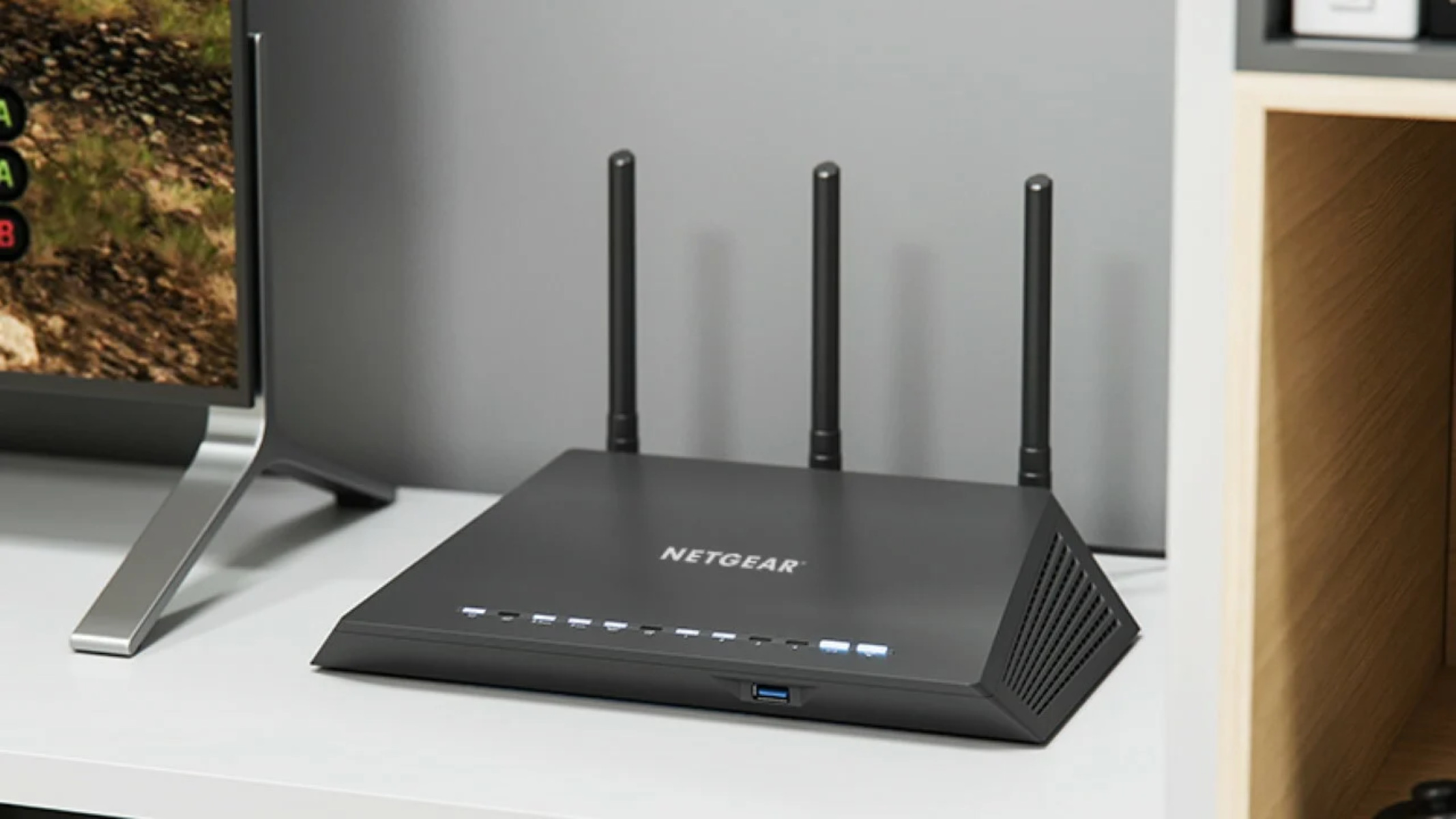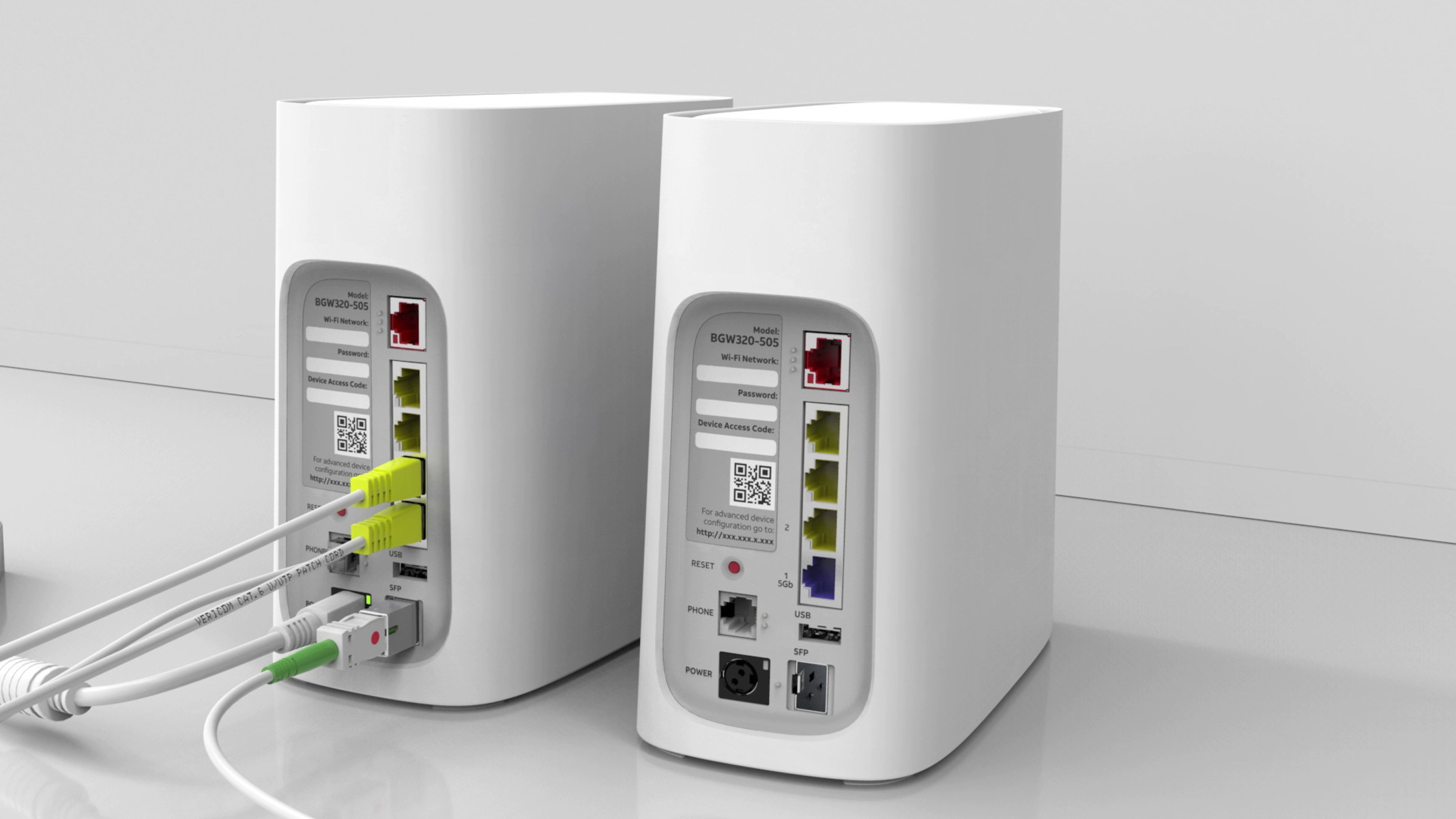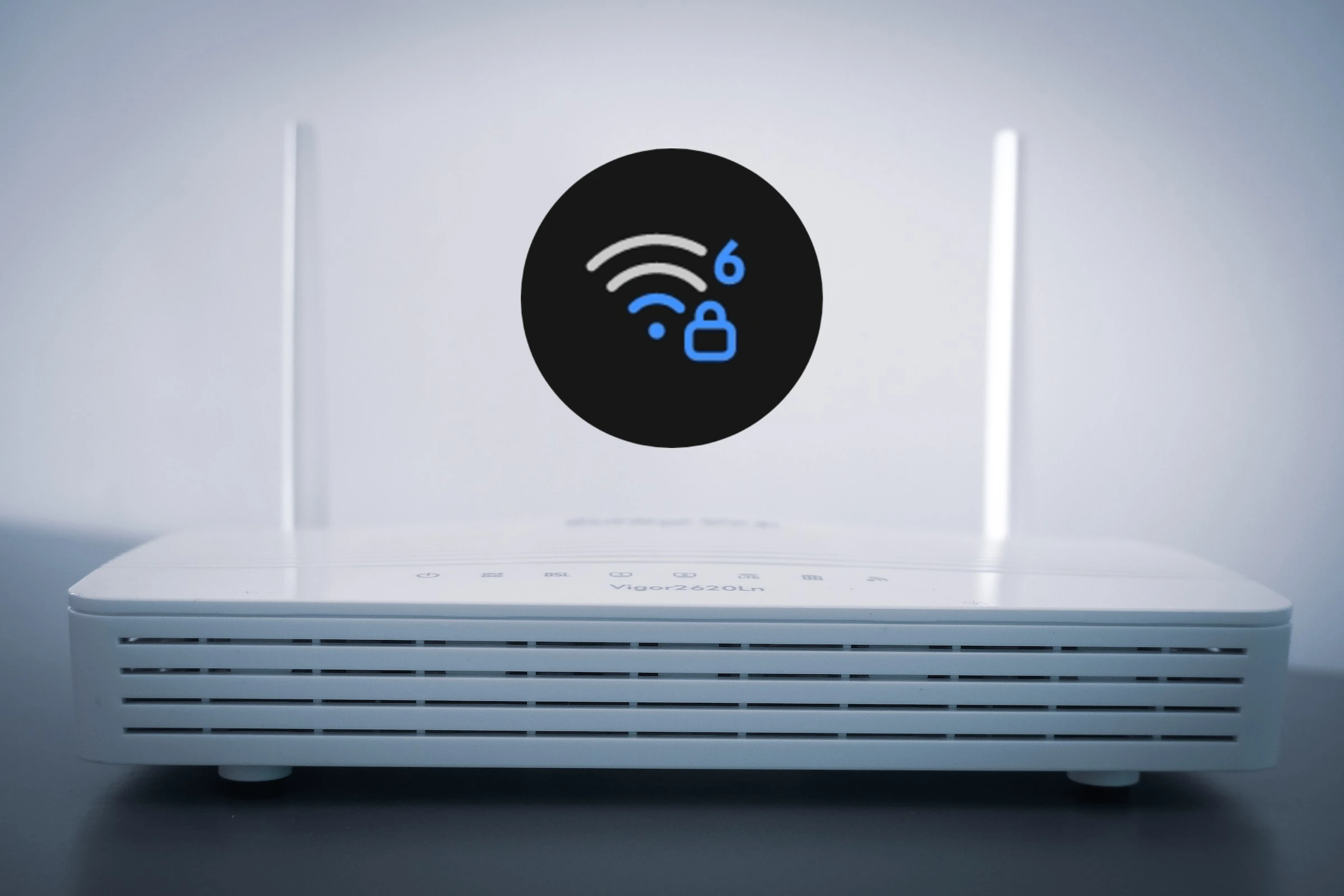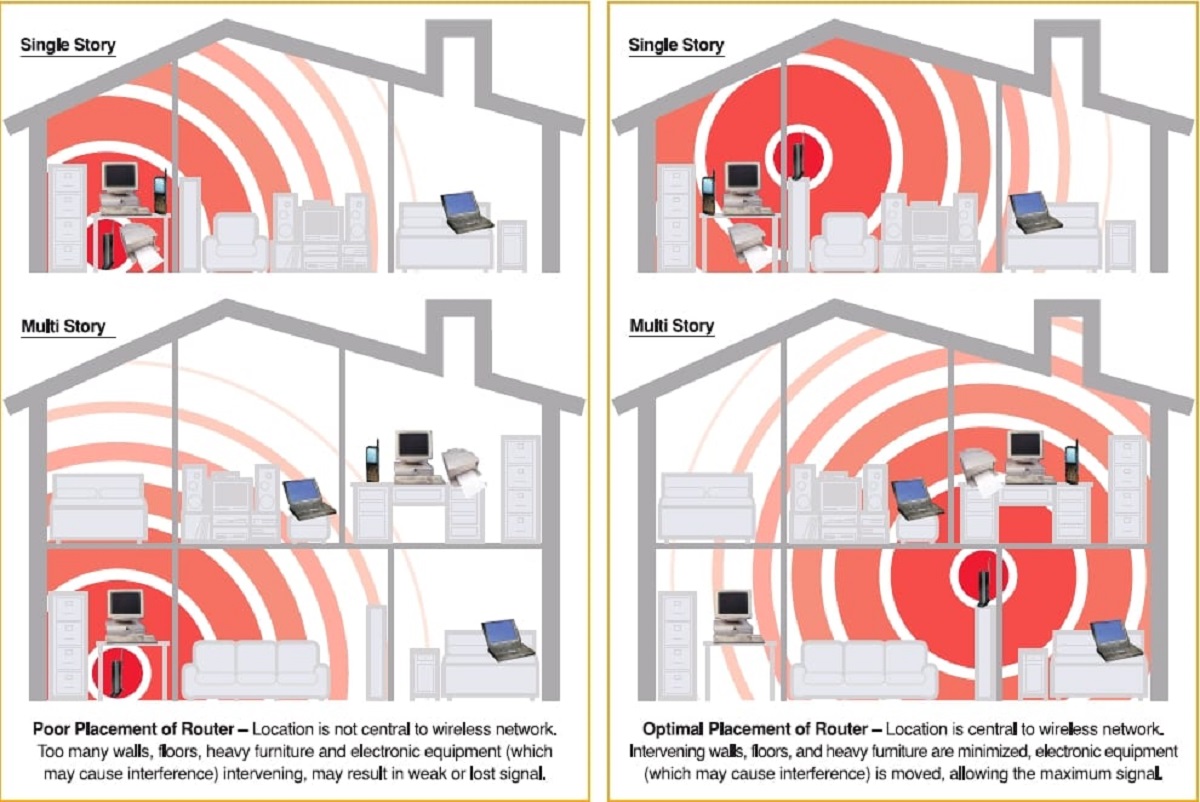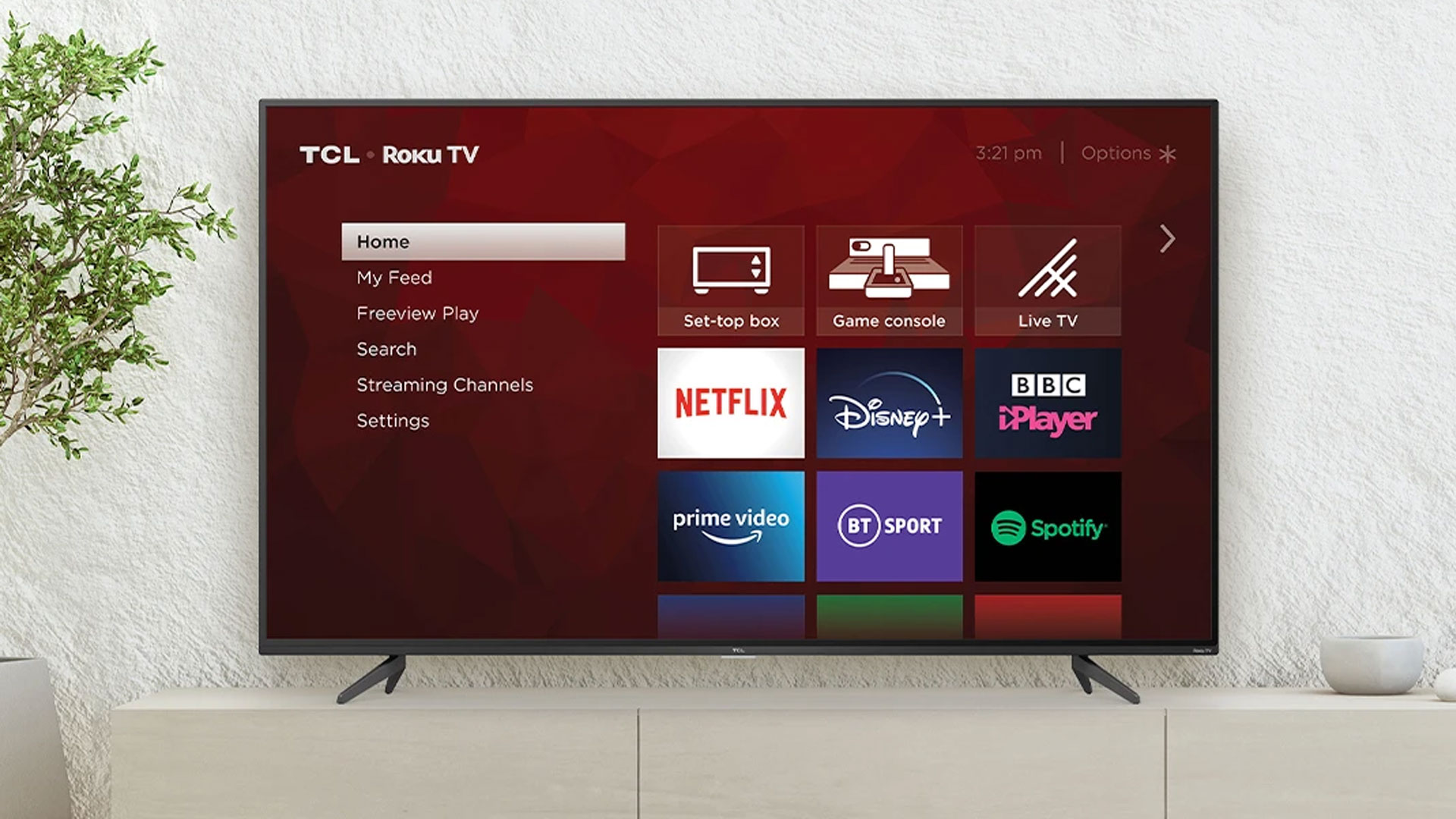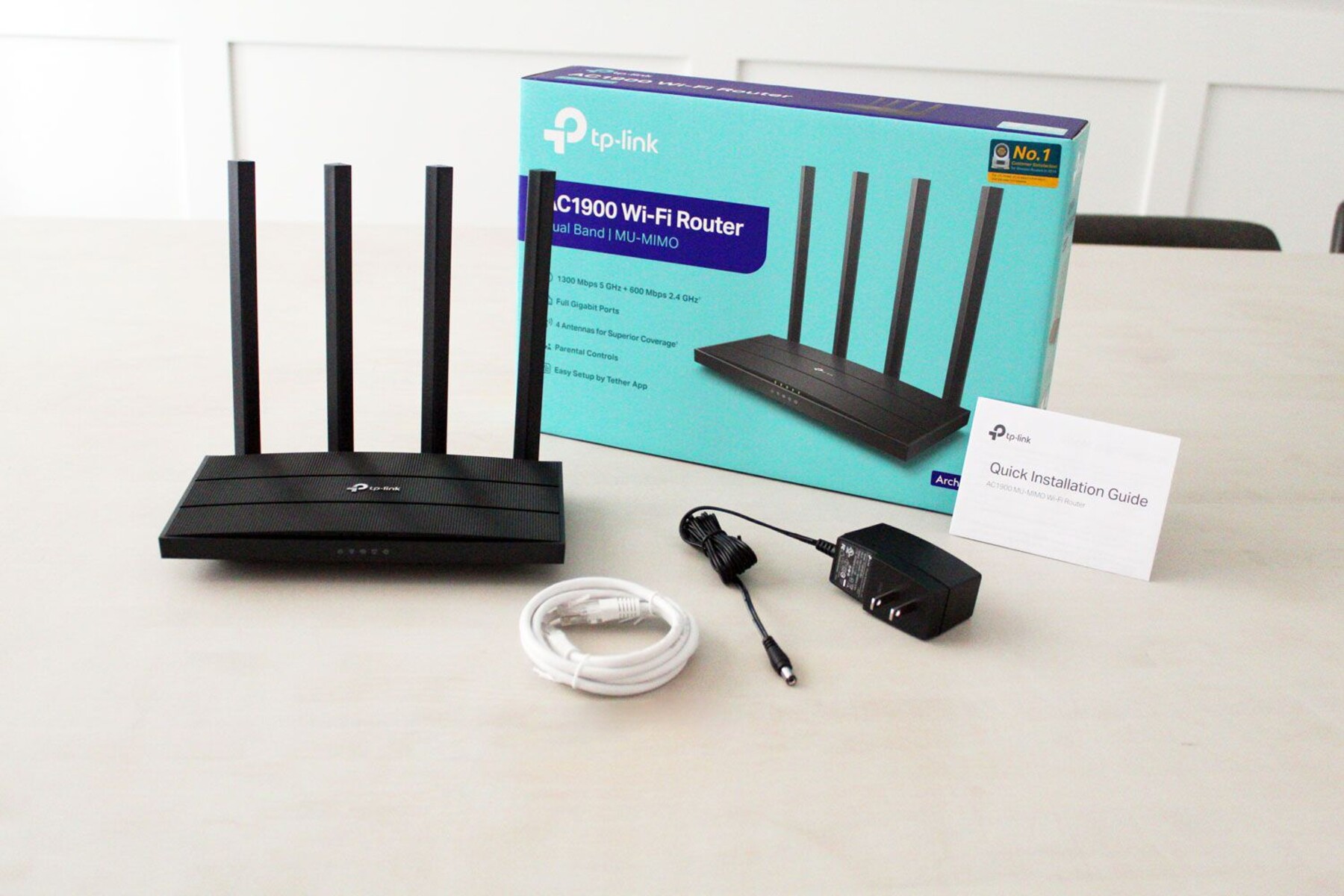Introduction
When setting up a wireless router, one important consideration is which channel to choose for optimal performance. The channel determines the frequency range that the router uses to transmit and receive signals. It may seem like a technical detail, but selecting the right channel can significantly impact your wireless network’s speed and stability.
In a crowded neighborhood or office building, multiple routers can interfere with each other if they are using the same channel. This can lead to slower speeds, dropped connections, and overall poor performance. To avoid this, it’s crucial to understand the concept of wireless router channels and how they can affect your network.
Wireless router channels range from 1 to 11 or 1 to 14, depending on the country. Each channel occupies a specific frequency within the wireless spectrum, allowing multiple routers to operate simultaneously without interference. By selecting the right channel, you can minimize signal congestion and maximize your network’s efficiency.
In this article, we’ll delve into the importance of choosing the correct channel for your wireless router. We’ll discuss common channels used by routers, factors to consider when making your selection, and how to change your router’s channel if needed. By the end, you’ll have a clearer understanding of the impact this decision can have on your wireless network’s performance.
What is a Wireless Router Channel?
A wireless router channel refers to a specific frequency range within the wireless spectrum that a router uses to transmit and receive signals. It’s like a virtual highway that allows data to flow between your devices and the router. Think of it as a radio station: just as different radio stations operate on different frequencies, routers can operate on different channels.
In the United States, most wireless routers operate on the 2.4 GHz frequency band. This band is divided into 14 channels, but not all channels are available in every country. In Europe and many other parts of the world, only 13 channels are available, while in America, only 11 channels are typically used due to regulatory limitations.
On the other hand, there is also the 5 GHz frequency band, which provides faster speeds and less congestion compared to the 2.4 GHz band. It has more channels available and is ideal for high-bandwidth activities like streaming video and online gaming. However, keep in mind that not all devices support the 5 GHz band, so compatibility should be considered.
The wireless router channel acts as a virtual pathway for your internet connection. When a device connects to your router, it communicates through this channel to send and receive data packets. If multiple routers in close proximity are using the same channel, it can lead to interference and reduced performance.
It is worth noting that modern routers often use a feature called “auto” or “smart” channel selection, which automatically selects the least congested channel within its operating range. While this can be convenient, it’s not foolproof and may not always choose the best channel for your specific environment.
Understanding the concept of wireless router channels is crucial for optimizing your network’s performance. By selecting the right channel, you can minimize interference, reduce congestion, and enhance the overall stability and speed of your wireless connection.
Why Does the Channel Matter?
The choice of wireless router channel plays a significant role in the performance and reliability of your network. Here are a few reasons why the channel matters:
Reducing Interference: In areas with multiple Wi-Fi networks, such as apartment complexes or office buildings, congestion and interference can occur if routers are using the same channel. This can lead to slower speeds and unstable connections. By selecting a less congested channel, you can minimize interference and improve your network’s overall performance.
Optimizing Speed: Different channels can provide varying speeds and levels of performance. For example, some channels may be prone to more interference, while others may offer better signal quality. By choosing the right channel, you can optimize the speed of your wireless network and ensure a smooth browsing and streaming experience.
Overcoming Physical Barriers: Certain physical obstacles, such as walls and furniture, can weaken Wi-Fi signals. By selecting an optimal channel, you can mitigate the impact of these barriers and improve signal strength. This is particularly important in larger homes or offices with multiple rooms and areas where weak signal spots may occur.
Maximizing Range: Different channels may have different ranges, and selecting the appropriate channel can help extend the coverage of your wireless network. By choosing a channel with a wider range, you can ensure that your Wi-Fi signal reaches all areas of your home or office, reducing dead spots and improving connectivity throughout the space.
Adapting to Frequency Interference: In some cases, other devices in the vicinity may cause interference with Wi-Fi signals. For example, cordless phones, baby monitors, and microwave ovens can operate on the same frequency as Wi-Fi. By changing the channel on your wireless router, you can avoid interference from these devices and maintain a stable Wi-Fi connection.
Overall, the choice of wireless router channel directly impacts the speed, stability, and reliability of your Wi-Fi network. By selecting the appropriate channel, you can optimize performance, reduce interference, and ensure seamless connectivity for all your devices.
Common Channels Used by Wireless Routers
When it comes to wireless router channels, there are several common options that are widely used. Understanding these channels can help you make an informed decision when configuring your router. Here are some of the most common channels used by wireless routers:
- Channel 1: This is one of the most frequently used channels in the 2.4 GHz frequency band. It offers decent coverage and is less prone to interference. However, since it is a default channel, it may be crowded in densely populated areas.
- Channel 6: Similar to Channel 1, Channel 6 is also widely used and is often set as the default channel for many routers. It provides good coverage and is generally less congested in most environments.
- Channel 11: Channel 11 is another popular choice, especially in areas where Channels 1 and 6 are already heavily in use. It can provide a reliable connection and is relatively less congested.
- Channel 3 and 9: These channels are less commonly used but can be effective if Channels 1, 6, and 11 are experiencing heavy interference. However, keep in mind that not all routers support these channels.
- 5 GHz Channels: In addition to the 2.4 GHz band, many modern routers also support the 5 GHz band, which offers faster speeds and less congestion. Common channels in the 5 GHz band include 36, 40, 44, and 48. These channels are ideal for high-bandwidth activities such as streaming and gaming.
Keep in mind that the availability of channels can vary depending on the country or region you are in. Additionally, not all routers support all channels, especially in the 5 GHz band. It’s important to check the specifications of your router to understand the available channel options.
When choosing a channel for your wireless router, it’s generally recommended to select one that is less congested and free from interference. Analyzing the Wi-Fi signals in your environment and using Wi-Fi scanning tools can help identify the channels being used by other networks and determine which channels are less crowded.
By selecting a common channel that is less congested, you can improve the stability, speed, and overall performance of your wireless network.
How to Determine the Best Channel for Your Wireless Router
Choosing the best channel for your wireless router can greatly improve your network’s performance. Fortunately, there are several methods you can use to determine the optimal channel. Here’s how:
1. Wi-Fi Scanning Tools: There are various Wi-Fi scanning tools available that can help you identify the channels being used by nearby networks. These tools provide information on signal strength, channel congestion, and overlapping networks. By analyzing this data, you can determine which channels are less crowded and choose accordingly.
2. Built-in Router Tools: Many modern routers have built-in tools that allow you to scan for nearby networks and recommend the best channel. These tools automatically analyze the Wi-Fi environment and suggest the least congested channel. Check your router’s administration interface or user manual to see if it offers this feature.
3. Router Apps: Some router manufacturers provide mobile apps that allow you to optimize your wireless network settings, including selecting the best channel. These apps often provide real-time data and recommendations based on your specific Wi-Fi environment.
4. Trial and Error: If you don’t have access to scanning tools or router-specific apps, you can manually select different channels and test their performance. Start with the commonly used channels like 1, 6, or 11, and observe the network’s stability and speed. If interference or congestion is still an issue, try experimenting with other less crowded channels to find the best fit.
5. Consult with Experts: If you’re still having trouble finding the best channel for your wireless router, consider seeking advice from networking experts or contacting your internet service provider. They can provide insights specific to your location and help you make an informed decision based on your network’s requirements.
Keep in mind that the best channel for your wireless router may vary over time. Wi-Fi networks in your vicinity may change, and other devices may introduce new sources of interference. It’s a good practice to periodically re-evaluate and adjust your channel selection to maintain optimal performance.
By utilizing scanning tools, built-in router features, trial and error, or seeking expert advice, you can determine the best channel for your wireless router. Doing so will help reduce interference and congestion, improve network stability, and maximize the performance of your Wi-Fi connection.
Factors to Consider When Choosing a Wireless Router Channel
When selecting a wireless router channel, there are several important factors to consider. These factors can help you make an informed decision and optimize the performance of your network. Here are some key considerations:
1. Channel Congestion: Analyze the Wi-Fi environment in your area to determine the level of congestion on different channels. This can be done using Wi-Fi scanning tools or built-in router features. Choosing a channel with less congestion will minimize interference from other networks and improve your network’s performance.
2. Interference: Identify potential sources of interference in your vicinity that may affect the performance of your Wi-Fi connection. These can include other electronic devices operating on similar frequencies, such as cordless phones or microwave ovens. Selecting a channel that avoids interference from these devices will help maintain a stable and reliable connection.
3. Signal Strength: Consider the layout and size of your space when choosing a wireless router channel. If you have a larger home or office, you may need a channel that provides a wider coverage range to ensure consistent signal strength in all areas. Conversely, if you have a smaller space, a channel with a narrower range may be sufficient.
4. Bandwidth Needs: Assess your network’s bandwidth requirements to determine which channel would be most suitable. For high-bandwidth activities such as video streaming or online gaming, channels in the 5 GHz frequency band may offer faster speeds and less congestion than the 2.4 GHz band.
5. Device Compatibility: Consider the compatibility of your devices with different channels. Not all devices support the 5 GHz frequency band or specific channels within that band. Ensure that the channel you choose is compatible with all the devices that will be connecting to your network.
6. Regulatory Restrictions: Be mindful of the regulatory restrictions in your country or region. Different countries have different regulations regarding the available channels and their allowed transmit power. Make sure to comply with these regulations to avoid interference issues or legal implications.
7. Router Capabilities: Consider the capabilities of your router when selecting a channel. Some older routers may have limitations on the channels they support. Check the specifications of your router to determine the available options and choose accordingly.
By considering these factors, you can make a more informed decision when choosing a wireless router channel. This will help optimize the performance, stability, and reliability of your network, ensuring a seamless Wi-Fi experience for all your connected devices.
Changing Your Wireless Router Channel
If you determine that your current wireless router channel is causing interference or congestion issues, or if you simply want to experiment with different channels for better performance, you can easily change the channel on your router. Here’s how:
1. Access Your Router’s Settings: Open a web browser on a device connected to your network and enter your router’s IP address in the address bar. This will take you to your router’s administration interface. If you’re unsure of your router’s IP address, refer to the router’s manual or look for it on the manufacturer’s website.
2. Login to Your Router: Enter the administrator username and password for your router. If you haven’t changed these credentials before, check the manual or look for the default login information provided by the manufacturer.
3. Navigate to the Wireless Settings: Once logged in, look for the wireless settings or Wi-Fi settings section. The exact location of these settings may vary depending on your router’s firmware. Look for options related to channels, frequencies, or wireless channels.
4. Choose a New Channel: In the wireless settings, you should see a list of available channels. Select a different channel that is less congested or offers better signal quality. Channels 1, 6, and 11 are commonly recommended as they do not overlap with each other. However, you can also experiment with other channels to find the best fit for your environment.
5. Save and Apply Changes: After selecting the desired channel, save the changes and apply them to your router. The router will restart, and your Wi-Fi network will be configured to use the new channel. It may take a few moments for the changes to take effect.
6. Test the New Channel: Once your router has restarted, test the new channel’s performance by connecting to your Wi-Fi network on various devices. Monitor the signal strength, stability, and network speed to ensure an improved experience. If you’re still experiencing issues, you can repeat the process and try another channel until you find the optimal one.
Remember that changing your wireless router channel may require you to reconnect your devices to the network. Simply search for available Wi-Fi networks on each device and select your network, providing the appropriate credentials if prompted.
By following these steps, you can easily change the channel on your wireless router, allowing you to optimize the performance and reduce interference on your Wi-Fi network.
Final Thoughts
Choosing the right wireless router channel is a crucial step in optimizing your network’s performance and ensuring a stable and reliable Wi-Fi connection. By considering factors such as channel congestion, interference, signal strength, and device compatibility, you can make an informed decision and select the best channel for your specific environment.
Regularly monitoring and evaluating your network’s performance is important. Wi-Fi scanning tools, built-in router features, and expert advice can help you determine if changing the channel would benefit your network. Remember that what may be the best channel today may not be the same in the future, due to changing network conditions or the addition of new devices in your area.
Experimenting with different channels and observing the impact on your network’s stability and speed is an effective way to find the optimal configuration. Be patient and persistent in your efforts to achieve the best Wi-Fi performance.
Moreover, it’s worth noting that while the channel selection is essential, it is just one aspect of optimizing your wireless network. Proper router placement, updating firmware, and securing your network with strong passwords are additional steps you should take to enhance your network’s security and performance.
By considering these factors and taking necessary steps to optimize your network, you can enjoy seamless browsing, faster downloads, and improved connectivity throughout your home or office. Take the time to understand your network’s needs and make informed decisions to ensure the best Wi-Fi experience for all your devices.







